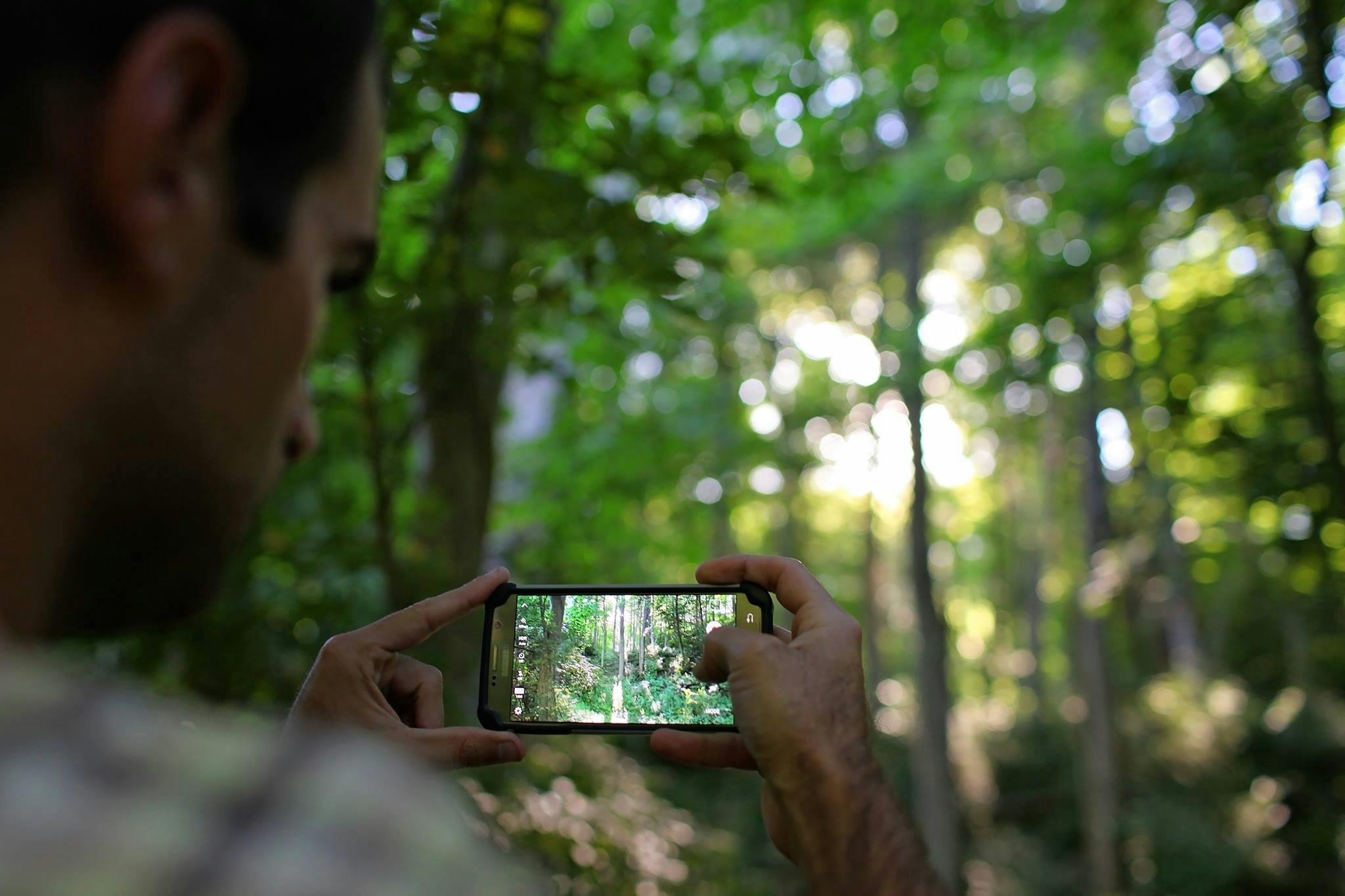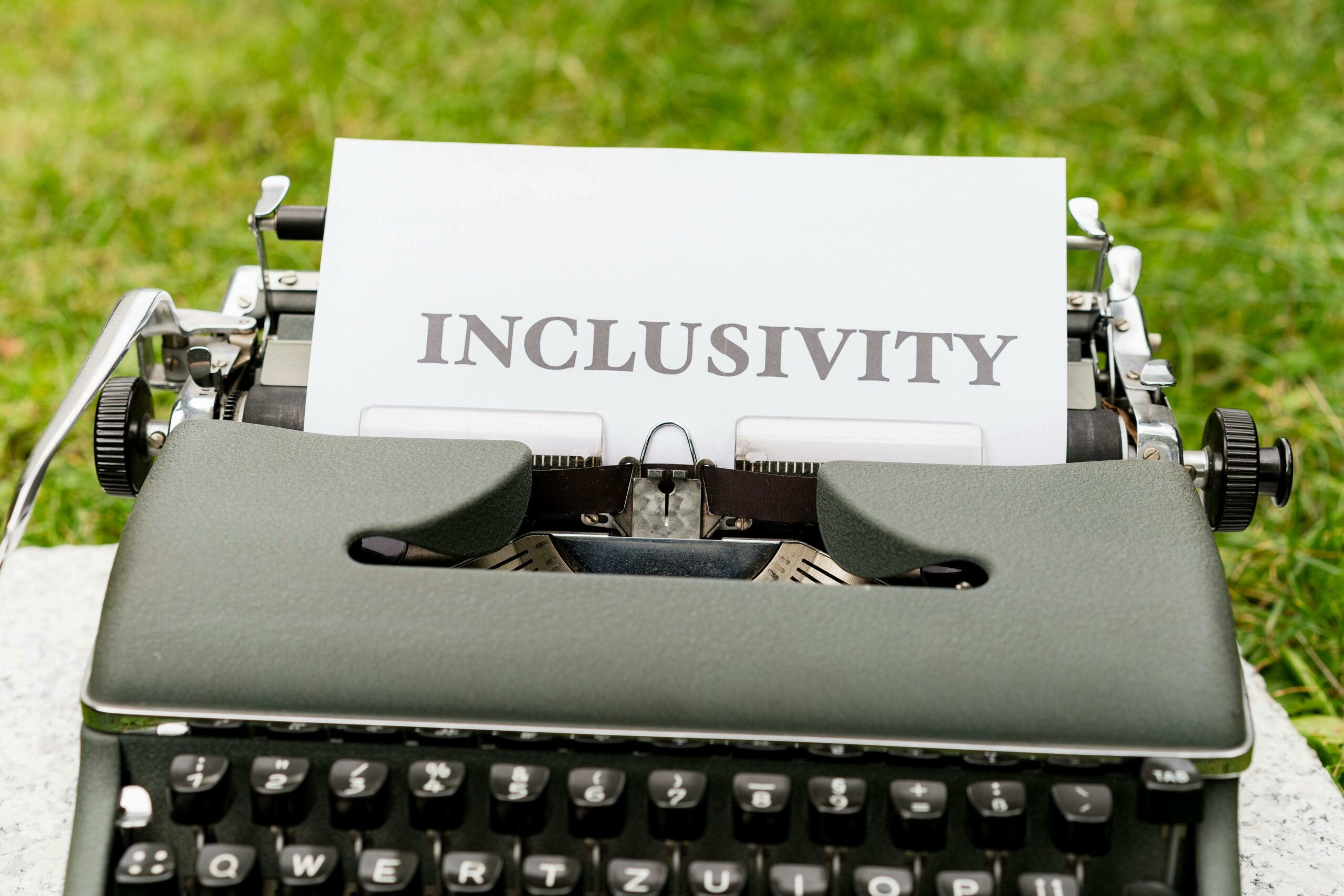Design for Excellence Best Practices
The Lean institute say 95% of process activities associated with manufacturing ultimately add no value to the customer and HCL Technologies say 70% of the engineering changes which delay production are due to brands trying to retrospectively correct issues with design to deal with assembly, cost & quality problems. Design for excellence (DfX) is a … Read more











